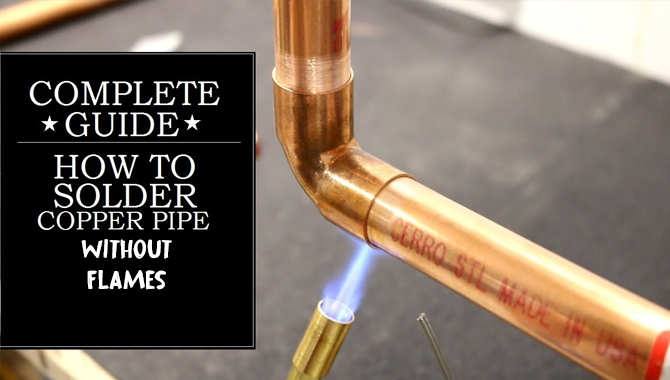Soldering is an essential skill in electronics and metalworking. It involves joining two pieces of metal by melting a filler metal, called solder, and allowing it to flow into the gap between the two pieces.
However, one of the most challenging aspects of soldering is holding the pieces in place while the soldering is done. A soldering clamp is commonly used to hold the pieces in place, but not everyone can access one. This blog post will discuss tips and tricks for soldering without a soldering clamp.
We will outline the different techniques to hold the pieces in place, such as using weights, magnets, and tape. We will also discuss the importance of preparing the surfaces to solder and the proper use of flux. Additionally, we will advise on choosing the right soldering iron and the correct temperature for the job.

How To Solder Without Soldering Clamp – Comprehensive Guide
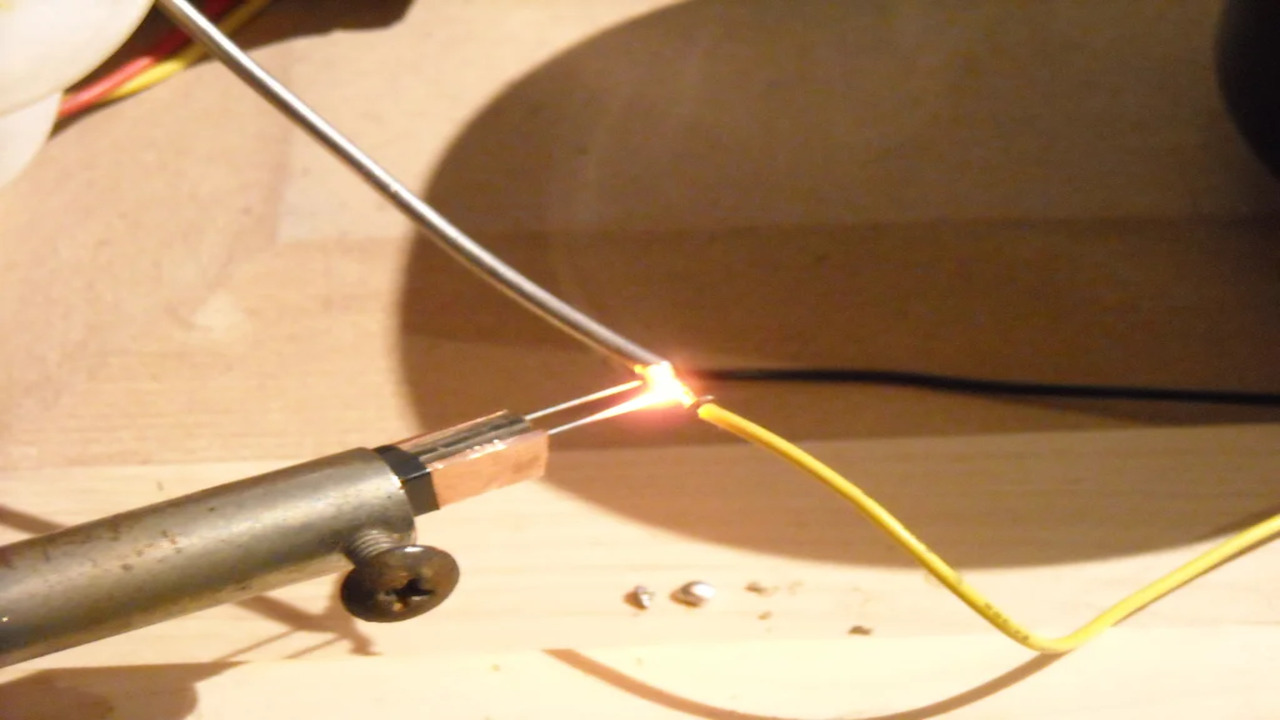
Soldering without a soldering clamp can be challenging, but it’s still possible to achieve good results with the right technique. Here’s a comprehensive guide on how to solder without a soldering clamp, along with some important dos and don’ts to keep in mind:
Dos:
- Prepare your workspace: Make sure you have a clean and well-ventilated area. Remove any flammable materials from the vicinity to avoid accidents.
- Use a heat-resistant surface: Place a ceramic tile or a metal plate on your workbench to serve as a heat-resistant surface. This will protect your work area and prevent damage.
- Secure your workpiece: While you don’t have a soldering clamp, you can use other methods to hold your workpiece in place. For example, heat-resistant tape or clips can secure the components. Gravity can also be used to your advantage by placing heavier parts on a flat surface.
- Use a helping hand tool: A helping hand tool with adjustable alligator clips can be very useful in holding small components or wires steady while soldering. These tools are widely available and relatively inexpensive.
- Use soldering aids: Various soldering aids such as soldering vices, third hands, or PCB holders can assist you in holding your workpiece while soldering. These tools provide stability and free up your hands for soldering.
- Utilize heat sinks: You can use heat sinks when soldering near sensitive components, especially ones that can be damaged by heat. Heat sinks absorb and dissipate heat, protecting the delicate components from excessive heat exposure.
Tips For Soldering Without A Clamp

Soldering is an essential skill that allows one to create strong, permanent connections between metal components. However, many people struggle with soldering without a clamp. Luckily, there are a few tips that can help you achieve success.
Ensure your workpiece is stable by placing it on a non-slip surface. A silicone mat or a piece of felt can work well. Additionally, consider using a third-hand tool to hold the workpiece in place while you solder.
This tool has adjustable arms and clips to hold your workpiece at the desired angle and provide stability. Another important tip is to use the right amount of solder. Too much solder can create a messy joint, while too little can result in a weak connection. It is also important to heat the workpiece evenly to avoid overheating one area and damaging your components. Lastly, invest in a good quality soldering iron with a fine tip.
Preparing Your Materials
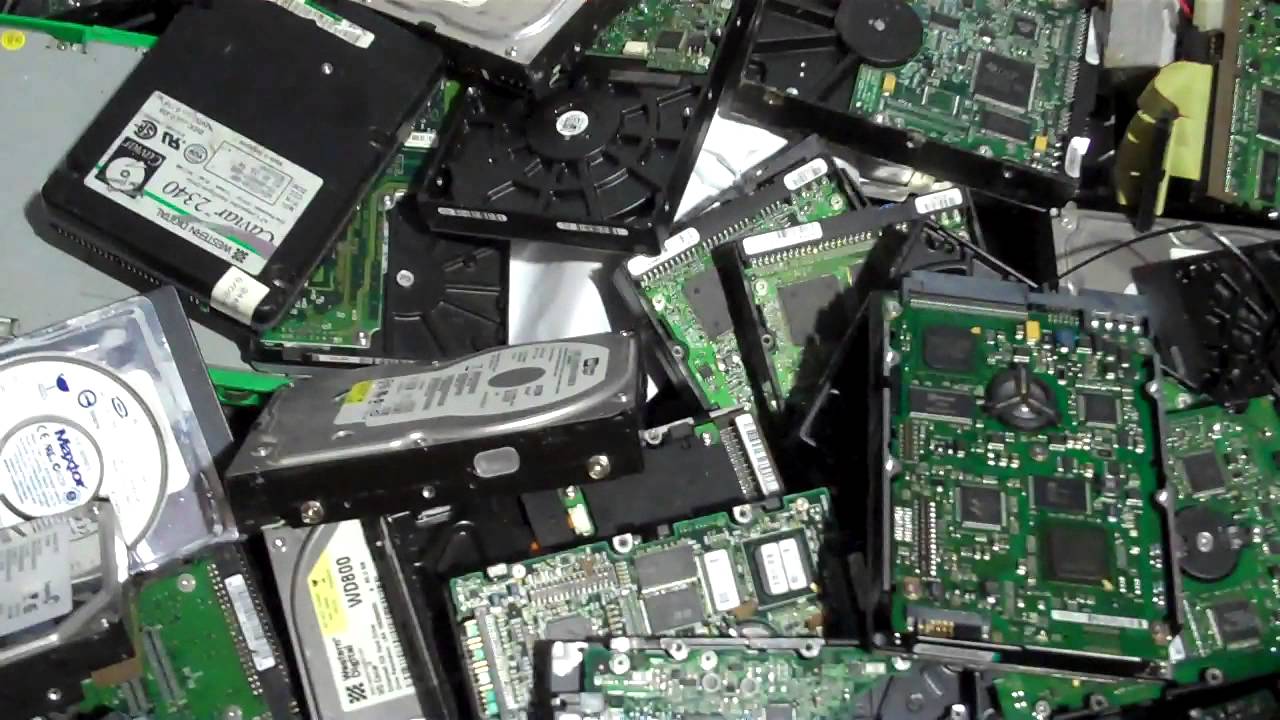
Preparing your materials is essential for any project or task you undertake. Whether writing an essay or preparing a presentation, having all the necessary materials beforehand can help you save time and avoid stress.
Start by listing what you need, such as books, research papers, images, or other relevant material. Once you have your list, gather all the items and organize them in a way that makes sense. This may mean sorting them by relevance, topic or date. Everything in one place will make it easier to refer back to later.
In addition to physical materials, it’s also important to prepare digital files if necessary. Make sure to have all your documents saved in a secure location, such as a cloud-based storage service. This will ensure you can access them from any device and avoid losing important information.
Choosing The Right Soldering Iron
Choosing the right soldering iron is essential for anyone who wants to get into electronics or any other soldering hobby. There are many factors to consider when choosing a soldering iron, including the type of work you will be doing. The size of the components you will work with and the type of power source you will use.
One of the most important factors to consider is the wattage of the soldering iron. A higher-wattage soldering iron will heat up faster and maintain its temperature better, making it ideal for larger components and more complex jobs.
Additionally, you should consider the type of tip that comes with the soldering iron. Different types of tips are suited to different types of work. So choosing a tip that will work best for your specific needs is important. Other factors to consider when choosing a soldering iron include the temperature range, the ease of use, and the overall durability and quality of the product.
Flux And Its Importance In Soldering
Flux is a crucial component in soldering, which is joining two metal surfaces together by melting and attaching a filler metal. It is a chemical substance used to clean the surfaces of the metal and prevent oxidation during the soldering process.
It is important because it helps the solder to flow smoothly and create a strong bond between the two metal surfaces. Flux also helps to prevent the formation of voids, which can weaken the bond and cause the joint to fail. Different fluxes are available, including rosin, water-soluble, and no-clean flux.
The flux is applied to the metal surfaces before melting the solder onto the joint. As the solder melts, the flux reacts with the metal surface and removes any oxide or contamination, making it easier for the solder to flow and bond. Without flux, the solder may not flow properly, making it difficult to create a strong bond.
Techniques For Holding Materials In Place
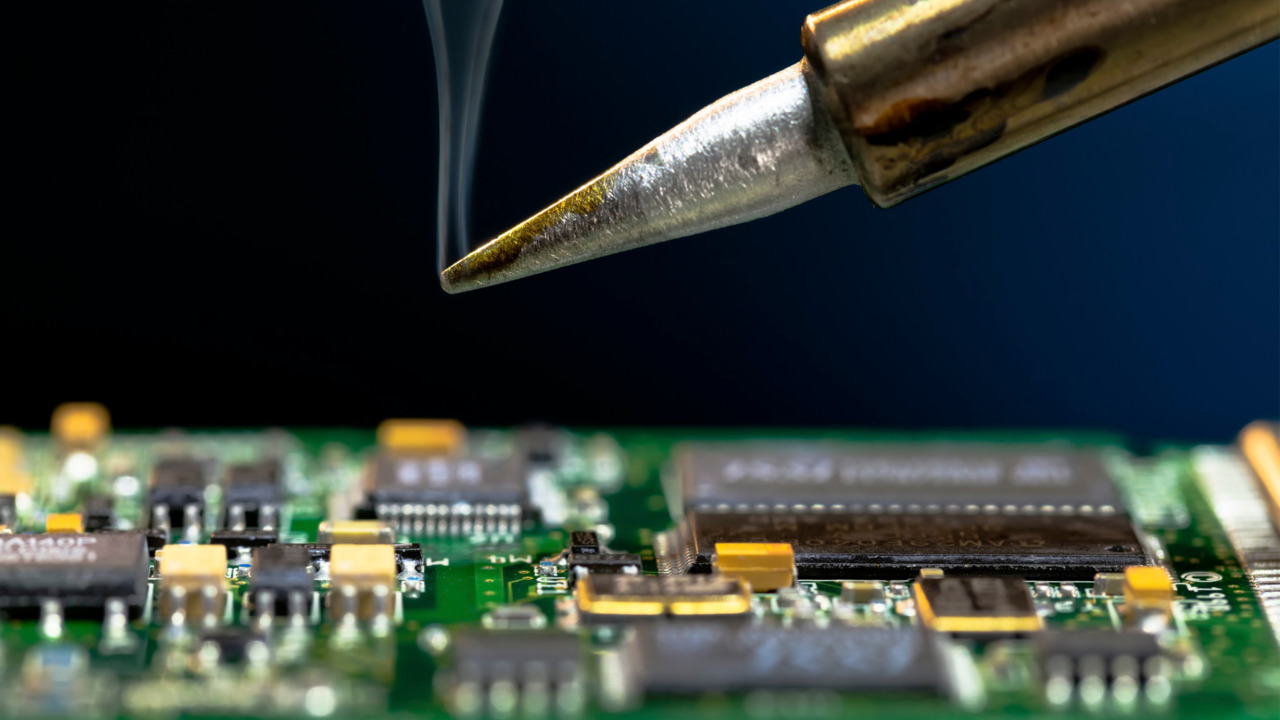
Holding materials in place is crucial to any construction or crafting project. Materials can shift or move around without the right techniques, leading to mistakes and wasted time. Fortunately, there are many effective techniques for holding materials in place, regardless of the type of project you are working on.
One such technique is clamping, which involves using a specialized tool to secure materials in a fixed position. Another popular technique is using adhesives, such as glue or tape.
These substances can create a durable bond between materials that is difficult to break. Some projects may require more creative solutions, such as using weights or balancing materials in such a way that they hold themselves in place. Whatever technique you choose, it’s important to take the time to properly secure materials before moving on to the next step in your project. Doing so will ensure that your final product will be sturdy, reliable, and free from mistakes.
Using Heat Shrink Tubing To Hold Components Together
There are various methods to choose from when it comes to holding components together in any electronic project. One option that has become increasingly popular is using heat shrink tubing.
Heat shrink tubing is a type of plastic tubing that shrinks in diameter when heat is applied, creating a tight, protective seal around whatever it is wrapped around. This makes it an ideal choice for holding components in place, as it can securely wrap around them and keep them from moving around or coming loose.
One of the biggest benefits of using heat shrink tubing for holding components together is its durability. Once the tubing has been heated and shrunk to a size, it forms an airtight, waterproof seal that protects the components from moisture, dust, and other potential hazards. Heat shrink tubing is also resistant to heat, chemicals, and UV radiation, so it can be used in various environments without breaking down or deteriorating.
Soldering Wires Together
Soldering wires together is a technique to join two or more wires using a solder metal alloy. It is commonly used in electronics, automotive, and electrical industries. The process involves heating the wires and the solder until the solder melts and flows into the joint, creating a strong and permanent bond.
Soldering wires together requires proper equipment, such as a soldering iron, solder, flux, and wire cutters. The soldering iron is used to heat the joint, while the solder fills the gap between the wires.
Flux prevents oxidation and ensures that the solder adheres to the wires properly. Wire cutters are also necessary to cut and strip the wires before soldering. Ensuring the wires are clean and free of debris or oils before soldering is important. Soldering wires together effectively requires practice and skill.
Soldering Circuit Boards Without A Clamp
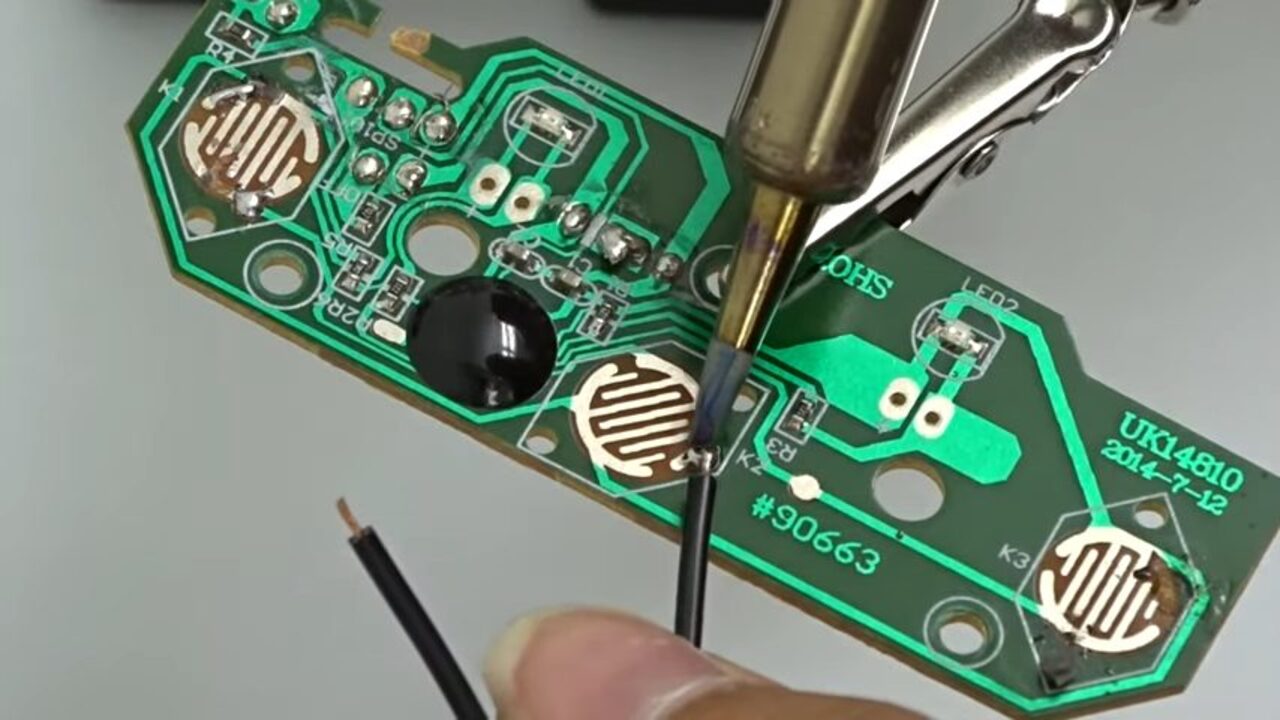
circuit boards can be tricky, especially if you don’t have the right tools, such as a clamp. However, there are other ways to ensure that you get the job done without a clamp. One option is a helping hand tool, a metal stand with several alligator clips attached. These clips can hold the circuit board in place while you solder the components onto it.
Another option is using a weighted object, such as a brick or book, to steady the circuit board while you work. Just ensure that the object is heavy enough to keep the board in place but not too heavy that it causes damage. If you are working with a particularly small circuit board, you can use a pair of tweezers to hold it in place while you solder.
Troubleshooting Soldering Issues
Soldering is an essential skill for anyone who wants to work with electronics. It involves joining two pieces of metal by melting a third metal that acts as a bond. However, soldering is not always easy, and many people experience issues when trying to solder.
Troubleshooting soldering issues can be challenging, but it is essential to identify and solve any problems you may encounter. Common problems include cold solder joints, where the solder does not properly bond to the metal, and overheated solder joints, which can damage the surrounding components.
Other issues include using the wrong solder type or not applying enough flux, a chemical used to help the solder flow onto the metal. To solve these issues, it’s essential to have the right tools and equipment, including a soldering iron, flux, and solder. You may also need to adjust your technique to ensure the metal surfaces are clean and properly heated before applying the solder.
Safety Precautions While Soldering
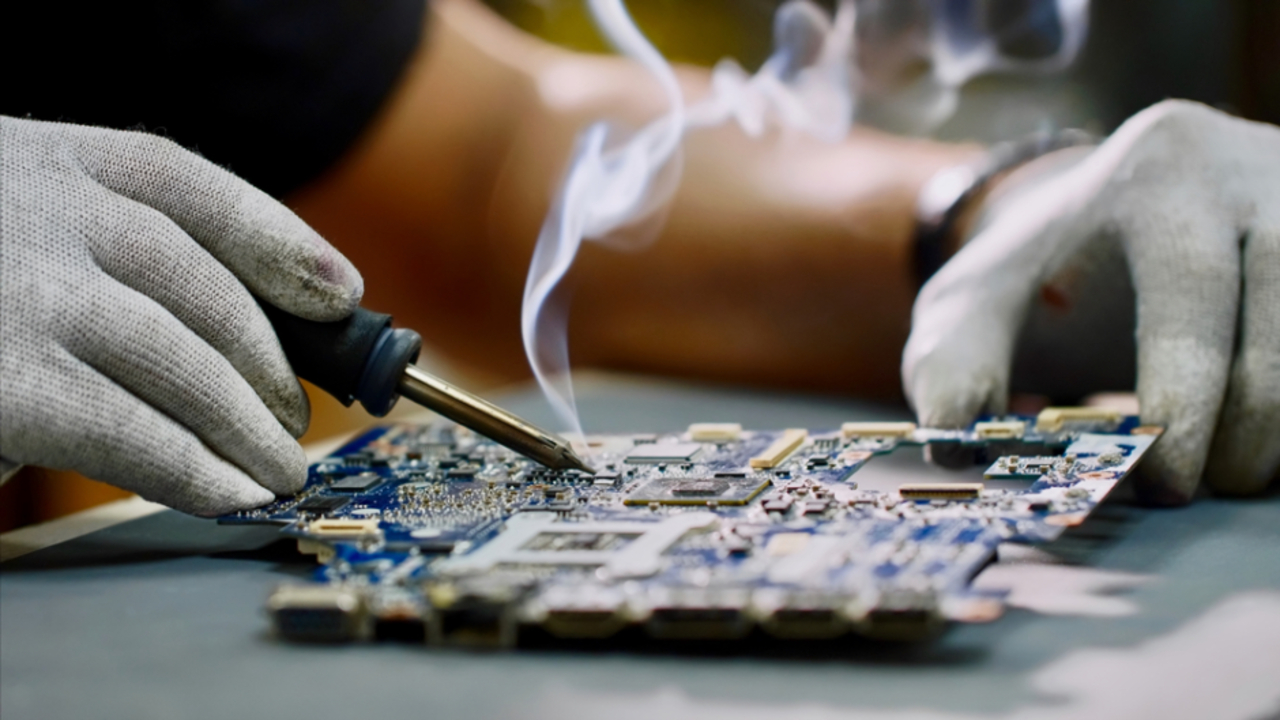
Soldering is a process that involves using high temperatures to melt a metal alloy and join two pieces of metal together. However, it is essential to follow safety precautions while soldering to avoid any accidents or injuries.
The first safety measure is to wear protective equipment, including gloves, safety goggles, and an apron, to protect the eyes, hands, and clothes from hot splatters of molten metal. Secondly, working in a well-ventilated area is crucial to avoid inhaling fumes from the soldering process.
Proper ventilation also helps to reduce the risk of a fire outbreak caused by the flammable materials used during soldering. Additionally, one should always ensure that the soldering iron is unplugged when not in use to avoid accidental burns or fires. Keeping the work area clean and clutter-free is vital to prevent tripping or falling on sharp objects.
Conclusion
soldering with a clamp is an effective method, but it’s always helpful to have some tips and tricks up your sleeve for those moments when a clamp isn’t available or practical. By following these guidelines on soldering without a clamp, you can still achieve quality results in your soldering projects.
Remember to take the necessary safety precautions, maintain a clean workspace, and practice patience and precision when working with delicate components. With these techniques, you’ll be on your way to becoming a skilled soldering professional in no time.
FAQs
1.What Are Some Techniques For Stabilizing My Workpiece Without A Soldering Clamp When Soldering Small Or Delicate Components?
Ans: Some techniques for stabilizing a workpiece without a soldering clamp when soldering small or delicate components include using:
- Third-hand tools: These tools have adjustable arms and clips to hold the workpiece in place.
- Magnifying glasses: Some magnifying glasses have built-in clips to hold the workpiece.
2.Should I Take Any Safety Precautions When Soldering Without A Clamp?
Ans: Yes, you should take some safety precautions when soldering without a clamp. Here are some of the precautions you can take:
- Wear safety goggles and gloves to protect your eyes and hands from hot solder spills or splatters.
- Work on a non-flammable surface to avoid fire hazards.
- Keep a fire extinguisher nearby in case of an emergency.
3.What Alternative Tools Or Methods For Holding Components In Place While Soldering Without A Clamp?
Ans: Helping hands tool: This tool usually consists of a base with two or more adjustable arms with alligator clips at the end, which can hold the component while soldering.
4.Are There Any Specific Types Of Soldering Projects Or Components That Are More Difficult To Work With When You Don’t Have A Clamp?
Ans: Certain soldering projects or components can be more difficult to work with when you don’t have a clamp. For example, holding small or delicate components steady without a clamp can be challenging when soldering them. Similarly, applying pressure to the joint without a clamp to keep the parts in place when working with larger components or pieces of metal can be difficult.
5.What Are Some Common Mistakes To Avoid When Soldering Without A Clamp, And How Can +
Ans: Some common mistakes to avoid when soldering without a clamp include the following:
-
- Holding the components too tightly can cause them to move or shift during soldering.
- Applying too much pressure with the soldering iron can damage the components.



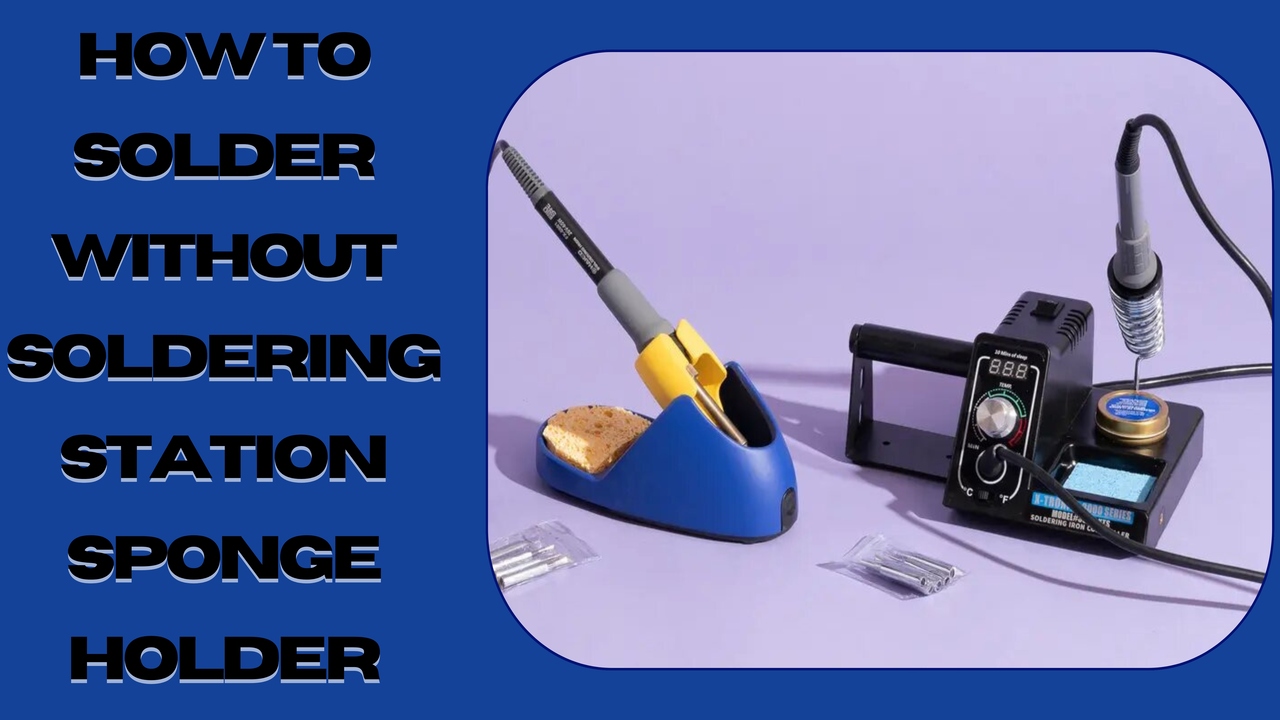
![10 Best Torch For Plumbing [Reviews With Buying Guide]](https://accuratepicker.com/wp-content/uploads/2022/03/Best-torch-for-plumbing.jpg)
